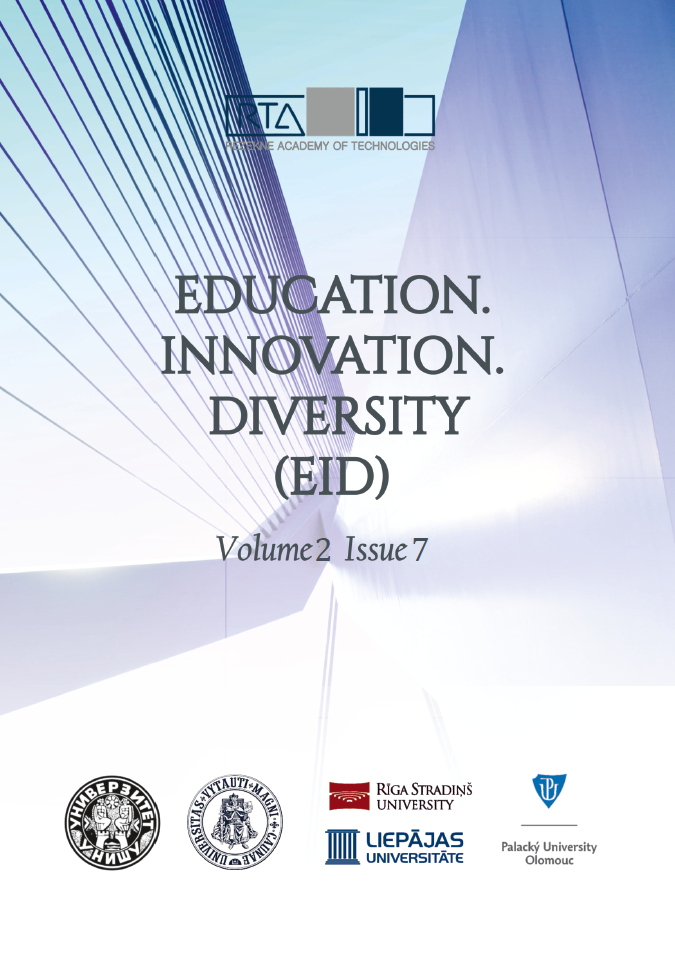THE ROLE OF THERAPEUTIC CHESS IN EDUCATIONTRAUMAS AND PEDAGOGY
DOI:
https://doi.org/10.17770/eid2023.2.7337Keywords:
Chess, Lesson Design, Pedagogy, Philosophy for ChildrenAbstract
In this article as a result of the "Therapeutic Chess" project, which is a new teaching technique designed with an interdisciplinary method on kindergarten-primary school children, the increase in children's interest in chess lesson and expressing themselves in mathematics, music, painting, puzzle solving, board games and philosophical level. It has been observed that the students' ability to learn how to act has increased, and it is aimed to contribute to the socialization, normalization process of children who have experienced trauma, to introduce this technique to more widespread use and to transfer it to teachers.
References
Angelou, M. (2016). Excerpt from “And Still I Rise”, documentary film on the life of Maya Angelou.
Barzegar, K., & Barzegar, S. (2017). Chess therapy: a new approach to curing panic attack. Asian journal of psychiatry, 30, 118-119. DOI: https://doi.org/10.1016/j.ajp.2017.08.019
Bessis, P., & Jaoui, H. (1972). Qu'est-ce que la créativité?: Pierre Bessis. Hubert Jaoui. Dunod.
Bogoyavlenskaya, D. B. (2013). Nature of changes in creativity scores in preschool and junior school children. Procedia Social and Behavioral Sciences, 86, 358-362. DOI: https://doi.org/10.1016/j.sbspro.2013.08.579
Craft, A. (2003). Creative thinking in the early years of education, Early Years. An International Journal of Research and Development, 23(2), 143-154. DOI: https://doi.org/10.1080/09575140303105
Freedman, K. (2010). Rethinking creativity: A definition to support contemporary practice. Art Education, 63(2), 8-15.
Kasparov, G. (2018). Deep Thinking: Where Machine Intelligence Ends and Human Creativity Begins. Great Book Prices (Columbia, MD, U.S.A.).
Kovalenko, N.A. & Smirnova, A.Y. (2015). Self-directed learning through creative activity of students, Procedia-Social and Behavioral Sciences, 166, 393-398. DOI: https://doi.org/10.1016/j.sbspro.2014.12.542
Rawat, K. J., Qazi, W., & Hamid, S. (2012). Creativity and education. Academic Research International, 2(2), 264. Retrieved from http://www.savap.org.pk/journals/ARInt./Vol.2(2)/2012(2.2-27).pdf
Toyran, G. (2015). Examining the creative thinking levels and critical thinking dispositions of preschool teacher candidates in terms of some variables., Master's thesis. Dokuz Eylul University, Institute of Educational Sciences.
TDK Turkish Language Society (2023). Retrieved from https://sozluk.gov.tr/
Downloads
Published
Issue
Section
License
Copyright (c) 2023 Education. Innovation. Diversity.

This work is licensed under a Creative Commons Attribution 4.0 International License.






